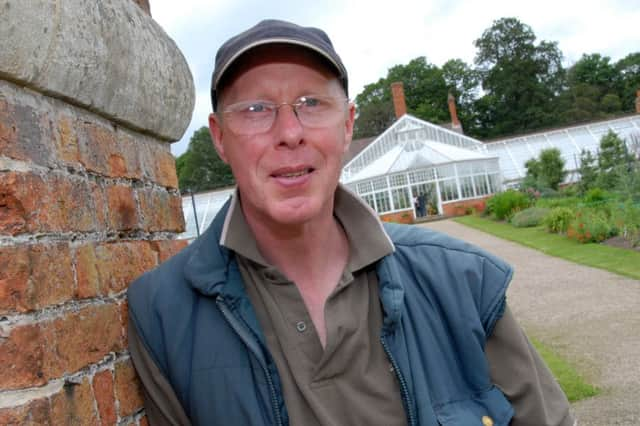Clumber Gardener: Indian summer can bring spectacular late colour


However, if warm weather continues, we can hang onto summer and have fabulous flower displays from daisies such as heleniums, rudbeckias and echinaceas, even as the day light hours shorten and night time temperatures drop.
Orange flowers remind us of summer sunshine and provide a useful transition colour in the garden, combining with pumpkins, pyracantha berries, and the first autumn foliage shades of the maples and deciduous azaleas.
Advertisement
Hide AdAdvertisement
Hide AdShould we have an Indian summer, it’s apt that the heleniums, natives of north America, produce their velvety orange, yellow and copper-toned daisy flowers at this time of year.
Some of the new helenium varieties are real value for money plants, flowering from mid-summer into October and earning their keep in the small garden, provided they can be given the right conditions.
As with all cultivated plants, the favoured habitat of their wild parents provides a clue about how to grow them in our gardens.
With heleniums, it’s a moist, meadow soil, so give them a soil which retains moisture during the summer, but, equally important, drains freely during the winter, and they will grow away happily.
Advertisement
Hide AdAdvertisement
Hide AdWe grow them on Clumber’s sandy soil and dig in lots of our home-made compost to achieve this balance.
The roots of heleniums are wide-spreading, but quite shallow, so in dry summers, covering watered soil around the base of the plant with a five centimetre mulching layer of compost or bark to conserve soil moisture, will also be to their liking.
For the best display, give the soil at the base of the plants a thorough soaking if foliage starts to wilt and remove the faded flower heads to keep them flowering into the autumn.
Although the yellow and apricot shades will perform well in light shade, a spot in full sun is needed to bring out the strongest colouring in the red flowered varieties.
Advertisement
Hide AdAdvertisement
Hide AdWhen plants have finished flowering, their stems can be cut down to ground level.
This helps prevent the crown of the plant from rotting, which may happen if dying leaves drop into the dormant crown of the plant.
The best time to divide the dormant clumps of heleniums is in March when the soil is starting to warm up and as growth is about to start.
Heleniums vary in height, the tallest varieties can reach around 1.8 metres when suited and will need staking.
Advertisement
Hide AdAdvertisement
Hide AdTwo new German varieties have received praise for their garden worthiness.
El Dorado is bright yellow with a dark central cone and Rauchtopas has yellow topped petals with a red underside.
In Clumber’s walled kitchen garden we grow the old favourite Moerheim Beauty.
It produces rich, bronze-red flowers between July and September and will grow to around 1.1 metres high, so is best supported with pea sticks, proprietary plant supports or canes and string.
Advertisement
Hide AdAdvertisement
Hide AdThe aptly named Hot Lava is a newer variety with red and orange bi-colour flowers, a more stocky habit, around 90 centimetres, and a similar flowering period.
In our long borders next to the glasshouse, we also grow Sahin’s Early Flowerer.
This is an outstanding introduction and the yard stick by which other heleniums are now measured.
It will begin flowering in June and keep on going until October.
Flowers are streaked yellow, red and mahogany-brown.
Advertisement
Hide AdAdvertisement
Hide AdThis variety received the Award of Garden Merit (AGM) from the Royal Horticultural Society in recognition of its value as a garden plant.
It’s height is 1.1 metres tall and is a definite value for money plant, worth its place in the small garden.
September is one of the peak cropping months in the kitchen garden and there are lots of vegetables to harvest, from tomatoes and peppers under glass to salads, French and runner beans and main crop potatoes outside.
Cover perpetual fruiting strawberries, such as Mara des Bois, Aromel and Flamenco, with cloches to help developing fruits ripen and to protect them from blackbirds.
Advertisement
Hide AdAdvertisement
Hide AdCover garden ponds with netting before autumn leaf fall starts.
Plant container grown perennials and shrubs into prepared ground – in moist, warm soil plants will establish well before winter.
Towards the end of the month, take out summer plants from containers and re-plant for winter, using pansies, violas, primroses and spring bulbs.
Evergreens are also worth considering, especially variegated euonymus and ivy or skimmia Rubella.
Visit gardens to see what’s looking good .
Some will have pear or apple events in September.